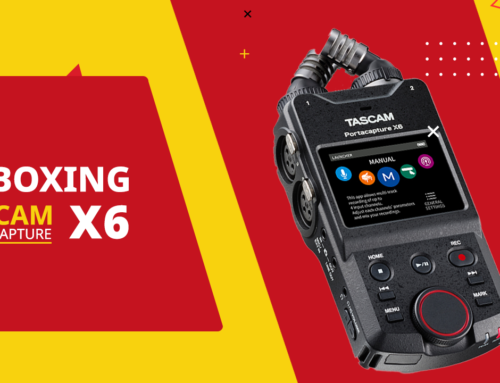Are you in the market for a new microphone and unsure which one to choose? With so many options available, it can be challenging to determine which microphone will best suit your needs. In this blog, we’ll be comparing two popular microphones from Rode: the PodMic and the NT1 Fifth Generation. We’ll go over the features and specifications of each microphone and help you decide which one is right for you. After all, selecting the right microphone is crucial for producing high-quality audio content, and we want to make sure you make an informed decision. So, let’s dive in and compare these two microphones side by side!
Pricing and Features
The Rode PodMic is an affordable option at $99, making it an excellent choice for those on a budget. However, the NT1 Fifth Generation Microphone, priced at $249, offers a complete kit that includes the microphone, shock mount, USB-C cable, and XLR cable. It is engineered to provide exceptional clarity and detail, making it an ideal choice for professional recording applications.
Connectivity
The Pod Mic can only be connected via XLR, which means you need an additional preamp or audio interface like the Roadcaster Pro to connect it to your computer. However, the Pod Mic doesn’t require phantom power, just a preamp, which means you don’t need to worry about using an external power source. On the other hand, the NT1 Fifth Generation features Rode’s groundbreaking dual-connect output, offering both XLR and USB connectivity, giving you the flexibility to connect directly to a computer via USB for plug-and-play recording.
Build Quality
The Pod Mic is a solid piece of equipment made of durable all-metal. It has a built-in pop filter and shock mount that ensures clear and crisp audio without any unwanted noise or distortion. The NT1 Fifth Generation is equally impressive with a sleek and stylish design and a high-quality shock mount that reduces vibrations and ensures stable positioning during recording.
Sound Quality
The Pod Mic is an excellent dynamic microphone designed specifically for podcasting and broadcasting, making it perfect for anyone looking to create high-quality audio content. It has a cardioid polar pattern that isolates your voice from ambient noises in the background. The NT1 Fifth Generation is a large-diaphragm cardioid condenser microphone with a one-inch true condenser capsule that delivers a smooth frequency response, high sensitivity, and high SPL handling capabilities, making it perfect for recording everything from vocals and speech to guitars, pianos, drums, and percussions. It is also the world’s quietest studio condenser microphone with only 4 DB of self-noise.
Comparison
Both microphones produce high-quality audio, but they have unique characteristics. The NT1 has a warmer sound, while the Pod Mic has a more neutral and detailed sound. If you’re on a tight budget and need a microphone for podcasting or speaking, the Pod Mic is an excellent choice. However, if you’re looking for a versatile microphone that can be used as both a podcasting and musical recording device, the NT1 Fifth Generation is the way to go.
In conclusion, choosing the right microphone is essential for producing high-quality audio content. We hope this comparison of the Rode Pod Mic and NT1 Fifth Generation Microphone has helped you decide which microphone is best for you. Remember, the microphone you choose will ultimately depend on your specific needs, budget, and intended use.
Disclosure: Some of the links in this article are affiliate links, which means that if you purchase through those links, we may receive a small commission. This comes at no additional cost to you, and it helps us to continue to provide helpful content. Thank you for your support!




Leave A Comment